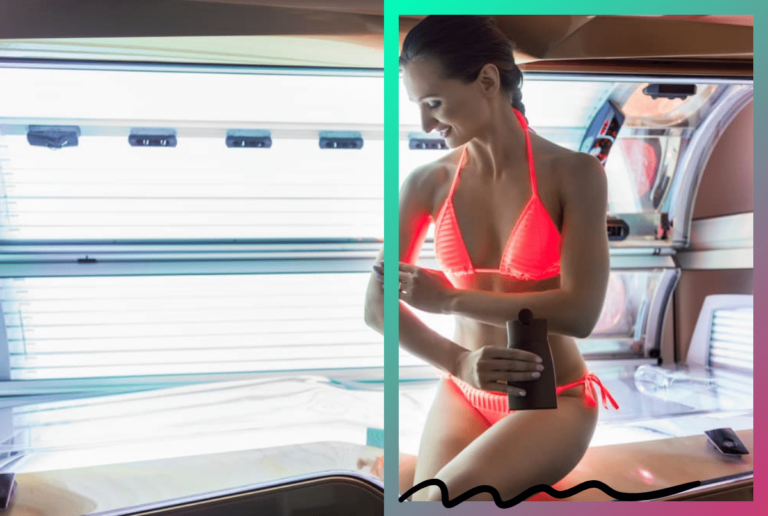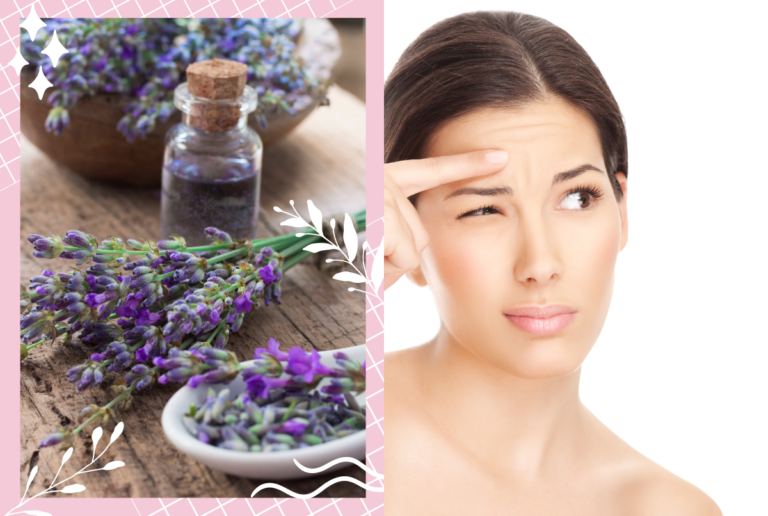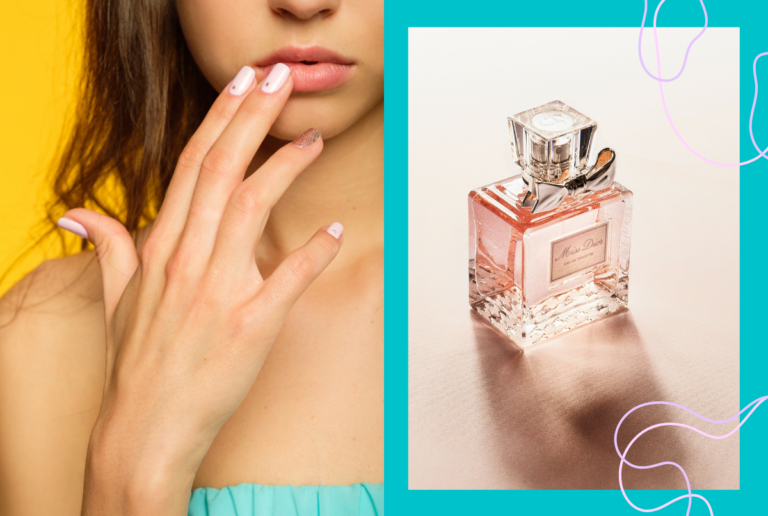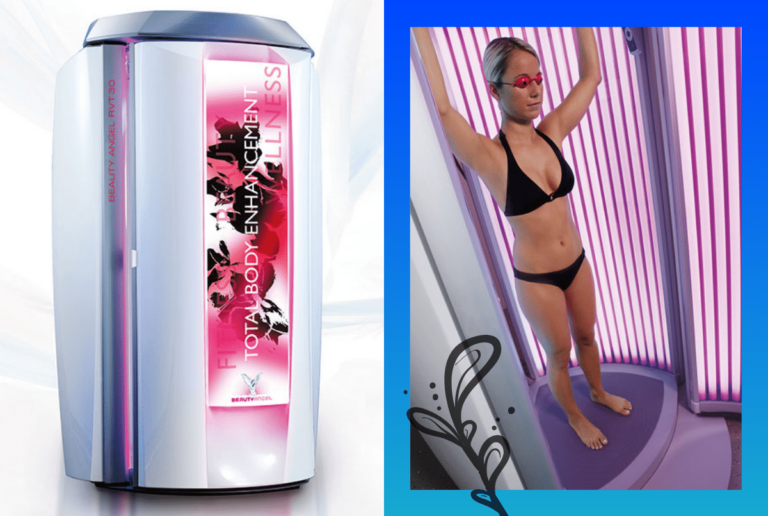Nude Tanning Guide
Considering going au naturel for your next sunbathing session?
Nude tanning might just be the liberating experience you’re looking for.
Nude tanning takes the traditional sun-soaking experience up a notch by eliminating clothing from the equation, allowing for an even, no-lines tan across the entire body. Whether you opt for the privacy of an indoor tanning salon or a secluded outdoor spot, embracing nude tanning can lead to a flawless, all-over glow.
But before you dive in, it’s crucial to prepare and protect your skin to ensure a safe tanning experience.
Well, we’ll be going over:
- How can you prepare your skin for nude tanning to ensure an even and safe tan?
- What are the key differences between indoor and outdoor nude tanning, and how can you choose what’s best for you?
- What aftercare steps are essential to maintain your tan and ensure the health of your skin post-tanning?
Let’s dive in.
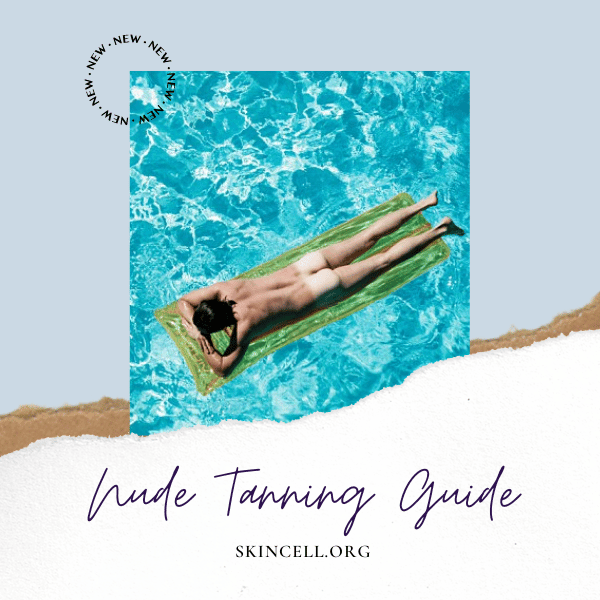
Key Takeaways
- Nude tanning involves exposing your entire body to direct sunlight or UV rays without any clothing.
- Proper preparation is key to a successful nude tanning experience.
- Safety and comfort measures should be taken to protect your skin and body during and after nude tanning.
Understanding Nude Tanning
Nude tanning is the practice of sunbathing without clothing to achieve an even tan. While traditional tanning methods often result in tan lines, nude tanning can provide a more uniform and natural-looking tan.
Additionally, nude tanning can be a great way to increase your vitamin D levels, which is essential for maintaining healthy bones and immune system function.
Benefits of Nude Tanning
One of the primary benefits of nude tanning is the ability to achieve an even tan without tan lines. This is particularly desirable for those who enjoy wearing revealing clothing or swimwear.
Nude tanning can also help to increase your vitamin D levels, which is essential for overall health. Vitamin D is produced naturally in the body when the skin is exposed to sunlight, and nude tanning can provide a more efficient way to absorb this important nutrient.
Potential Risks and How to Mitigate Them
While nude tanning can be a great way to achieve an even tan and increase your vitamin D levels, it is important to be aware of the potential risks associated with sun exposure. UV rays from the sun can cause skin damage and increase your risk of skin cancer. To mitigate these risks, it is important to take precautions such as wearing sunscreen, limiting your sun exposure, and avoiding the sun during peak hours.
In addition to these precautions, it is also important to monitor your skin for any changes or abnormalities. If you notice any unusual moles or spots, it is important to consult with a dermatologist to determine if further testing or treatment is necessary.
Overall, nude tanning can be a great way to achieve an even tan and increase your vitamin D levels. However, it is important to take precautions and monitor your skin for any changes or abnormalities to ensure that you are protecting your health while enjoying the benefits of the sun.
Preparing for Nude Tanning
Before you start your nude tanning session, it is important to prepare your skin properly to avoid any damage from the sun. Here are a few things you should consider when preparing for nude tanning:
Choosing the Right Location
When choosing a location for nude tanning, make sure it is a private and secluded area where you can comfortably remove all your clothing. You don’t want to be in a crowded area where people can see you. Also, make sure the location is safe and free from any hazards such as sharp rocks or broken glass.
If you plan to tan outside, choose a location with plenty of shade. This will help protect your skin from the harmful UV rays of the sun. You can also use a beach umbrella or a canopy to create your own shade.
Skin Preparation and Protection
Before you start your nude tanning session, it is important to prepare your skin properly. Start by exfoliating your skin to remove any dead skin cells. This will help you achieve a more even tan. You can use a body scrub or a loofah to exfoliate your skin.
After exfoliating, apply a moisturizer to your skin. This will help keep your skin hydrated and prevent it from drying out. You can also apply a sunscreen or a sunblock to protect your skin from the harmful UV rays of the sun. Make sure to choose a product with a high SPF (Sun Protection Factor) to provide maximum protection.
If you are using a tanning bed, make sure to follow the instructions carefully. Start with a short session and gradually increase the time as your skin gets used to the UV rays. Also, make sure to wear protective eyewear to prevent damage to your eyes.
By following these simple steps, you can prepare your skin properly and enjoy a safe and comfortable nude tanning session.
Indoor Tanning vs. Outdoor Tanning
When it comes to getting a tan, there are two main options: indoor tanning and outdoor tanning. Both have their pros and cons, and it’s up to you to decide which is right for you. In this section, we’ll take a closer look at each option.
Tanning Beds and Salons
Indoor tanning is typically done using a tanning bed or booth at a tanning salon. Tanning beds use UV radiation to darken your skin, and they can be adjusted to provide different levels of intensity. Tanning salons often offer different types of beds, such as high-pressure beds or stand-up booths, to suit your preferences.
One of the advantages of indoor tanning is that you can control the amount of UV exposure you get. This can be especially helpful if you have fair skin or are prone to sunburns. However, it’s important to note that indoor tanning can still pose health risks, such as an increased risk of skin cancer, if not done responsibly.
Outdoor Tanning Options
Outdoor tanning, on the other hand, involves exposing your skin to the sun’s UV rays. There are many outdoor tanning options, such as going to the beach, laying out in your backyard, or visiting a nudist beach. Outdoor tanning can be a great way to enjoy the outdoors while getting a tan, but it also comes with some risks.
One of the main risks of outdoor tanning is that you have less control over the amount of UV exposure you get. The intensity of the sun’s rays can vary depending on the time of day, the season, and your location. It’s also important to note that outdoor tanning can increase your risk of skin cancer and premature aging if you don’t take proper precautions, such as wearing sunscreen and protective clothing.
In summary, both indoor and outdoor tanning have their advantages and disadvantages. It’s important to weigh the risks and benefits of each option and choose the one that’s right for you. If you do decide to tan, make sure to do so responsibly and take proper precautions to protect your skin.
Safety and Comfort Measures
When it comes to nude tanning, it’s important to prioritize both safety and comfort. In this section, we’ll cover some protective measures and accessories you can use to stay safe while tanning, as well as some tips for finding comfortable positions.
Protective Measures and Accessories
One of the most important safety measures you can take while nude tanning is to protect your eyes. Direct sunlight can be damaging to your eyes, so it’s crucial to wear protective glasses or eye protection while tanning. You can find a variety of protective glasses designed specifically for tanning at most tanning salons or online.
In addition to eye protection, you should also consider using sunscreen to protect your skin from harmful UV rays. Look for a sunscreen with a high SPF rating and apply it liberally all over your body before tanning. You may also want to consider using a tanning lotion or oil to help moisturize your skin and enhance your tan.
Comfortable Tanning Positions
Finding a comfortable position for tanning can help you relax and enjoy the experience more fully. Many people find that lying on their back with their arms and legs spread out is the most comfortable position for nude tanning. However, you may also want to experiment with other positions to find what works best for you.
If you’re tanning outdoors, you may want to consider using a towel or blanket to cushion your body and make lying on the ground more comfortable. You may also want to bring a pillow or other soft object to support your head and neck.
Remember, the key to a successful and enjoyable nude tanning experience is to prioritize both safety and comfort. By taking the necessary precautions and finding a comfortable position, you can enjoy the many benefits of nude tanning while minimizing any potential risks.
Aftercare and Maintenance
Congratulations on achieving your desired tan! Now that you have a beautiful, even tan, it’s important to take care of your skin to maintain it properly. Here are some tips to help you take care of your tanned skin:
Moisturizing and Skin Care
Moisturizing your skin is key to maintaining your tan. You should moisturize your skin at least twice a day, in the morning and at night, to keep it hydrated and healthy. Use a moisturizer that is specifically designed for tanned skin, as these moisturizers are formulated to help extend the life of your tan.
Avoid using moisturizers that contain alcohol, as they can dry out your skin and cause your tan to fade faster.
If you have sensitive skin or allergies, it’s important to choose a moisturizer that is hypoallergenic and fragrance-free. This will help prevent any irritation or allergic reactions. You can also use aloe vera gel to soothe any sunburns or skin irritations.
In addition to moisturizing, it’s important to take care of your skin by avoiding harsh soaps and exfoliating too often. Use a gentle, pH-balanced soap to avoid stripping your skin of its natural oils. You can also exfoliate your skin once a week to remove dead skin cells and keep your skin looking smooth and healthy.
Monitoring Skin Health
It’s important to monitor your skin health after tanning. Watch out for any changes in your skin, such as new moles, freckles, or spots. If you notice any changes, it’s important to have them checked by a dermatologist to rule out any skin conditions or diseases.
If you experience any discomfort, redness, or itching after tanning, you may have sensitive skin. In this case, it’s important to avoid tanning until your skin has fully healed. You can also use a hypoallergenic sunscreen to protect your skin from further damage.
In summary, taking care of your tanned skin requires regular moisturizing and gentle skin care. If you have sensitive skin or allergies, choose hypoallergenic products to avoid irritation. And always monitor your skin health to ensure that your tan is not masking any underlying skin conditions.
Frequently Asked Questions
What are the optimal hours for sun exposure to minimize skin damage?
The optimal hours for sun exposure are early in the morning or late in the afternoon, when the sun’s rays are less intense. It is recommended to avoid sun exposure during peak hours, between 10 am and 4 pm, as this is when the sun’s rays are the strongest and most damaging to the skin.
If you must be outside during these hours, it is important to wear protective clothing, such as a hat and long-sleeved shirt, and to use sunscreen with a high SPF.
How many sessions are typically needed to achieve a visible tan?
The number of sessions needed to achieve a visible tan varies depending on your skin type and the intensity of the UV rays. Generally, it takes about 3-5 sessions to see a noticeable difference in skin color.
However, it is important to remember that excessive tanning can cause skin damage and increase the risk of skin cancer.
What duration of sunbathing is recommended for a healthy tan?
There is no specific duration of sunbathing that is recommended for a healthy tan, as the amount of time needed to achieve a tan varies depending on your skin type and the intensity of the UV rays. It is important to avoid prolonged exposure to the sun, as this can cause skin damage and increase the risk of skin cancer.
It is recommended to limit your sun exposure to 10-15 minutes at a time, and to use sunscreen with a high SPF.
What are the most effective practices for tanning in a tanning bed?
The most effective practices for tanning in a tanning bed include starting with short sessions and gradually increasing the time, using a tanning lotion to enhance the results, and wearing protective eyewear to prevent damage to the eyes.
It is important to follow the manufacturer’s instructions for the tanning bed and to avoid overexposure, as this can cause skin damage and increase the risk of skin cancer.
How can one enhance and prolong the results of their tan?
To enhance and prolong the results of your tan, it is important to moisturize your skin regularly, as this helps to maintain the tan. You can also use a tanning lotion or spray to enhance the color, but it is important to choose a product that is safe and does not contain harmful chemicals.
Additionally, it is important to avoid excessive exposure to the sun or tanning beds, as this can cause skin damage and increase the risk of skin cancer.
What are the key safety tips to follow when tanning to prevent skin damage?
To prevent skin damage when tanning, it is important to wear protective clothing, such as a hat and long-sleeved shirt, and to use sunscreen with a high SPF. It is also important to avoid prolonged exposure to the sun or tanning beds, as this can cause skin damage and increase the risk of skin cancer.
Additionally, it is important to stay hydrated and to moisturize your skin regularly to prevent dryness and damage.


